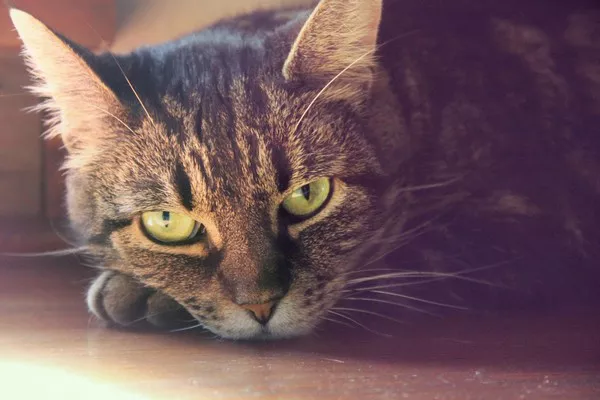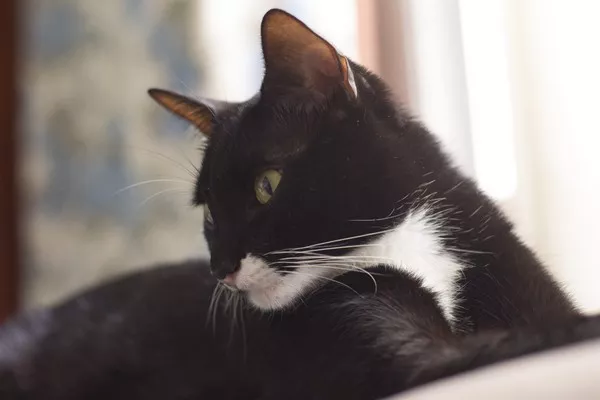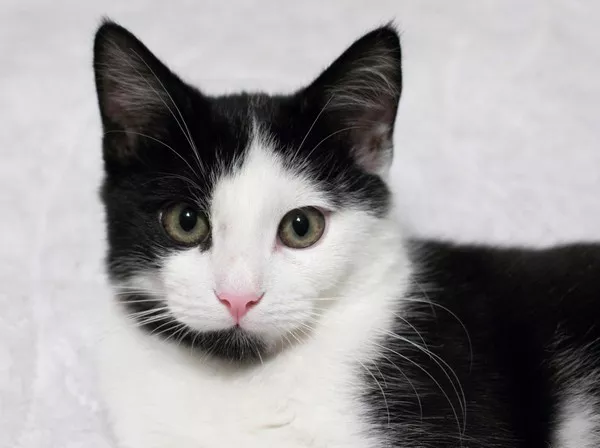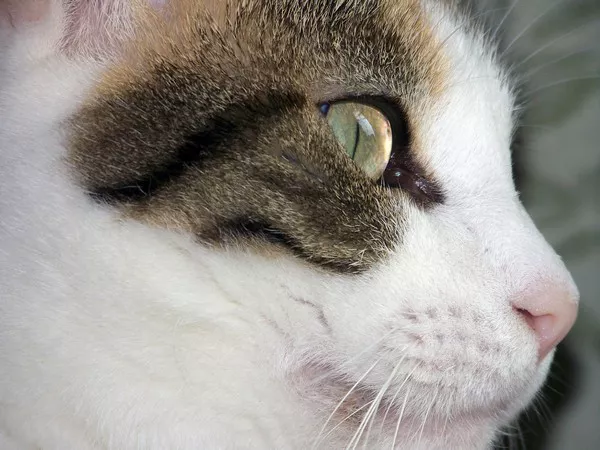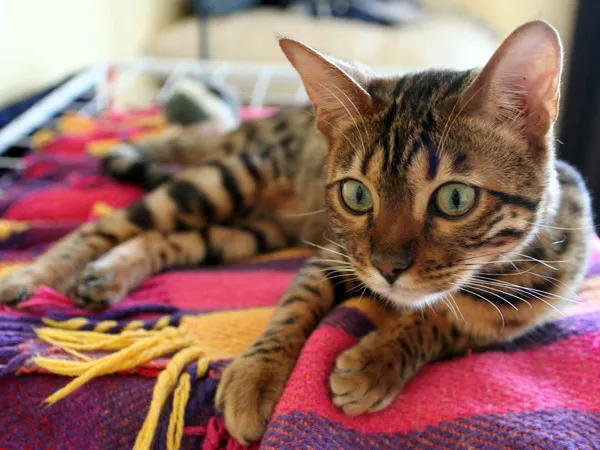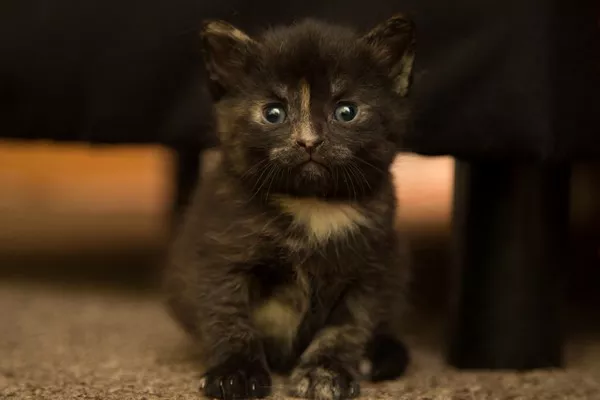The Norwegian Forest Cat is a breed of domestic cat that originated in Norway. They are known for their thick, long-haired coats, muscular bodies, and playful personalities.
Norwegian Forest Cats are a large breed of cat, with males weighing up to 16 pounds and females weighing up to 12 pounds. They have a long, thick coat that comes in a variety of colors and patterns, including tabby, black, white, and calico. Their coat is water-resistant and has a woolly undercoat, which helps keep them warm in cold weather.
Norwegian Forest Cats are intelligent and curious cats that enjoy exploring their surroundings and interacting with their owners. They are also known for their hunting instincts and may enjoy playing with toys that simulate prey. Despite their size, they are agile and graceful, with a reputation for being excellent climbers.
Personality Characteristics
Norwegian Forest Cats are renowned for their lively and inquisitive personalities. Their playful demeanor makes them a joy to be around, as they are constantly exploring new corners of their environment and engaging in interactive play with their human companions.
This breed is known for its intelligence, which not only aids in their exploration but also makes them highly trainable. Their strong hunting instinct can sometimes lead them to chase after small animals or toys, so it’s important to keep an eye on them when they’re outdoors or in environments where small creatures might be present.
Despite their active and adventurous nature, Norwegian Forest Cats are also incredibly affectionate and love spending time cuddling with their owners. They generally get along well with children and other pets, but proper socialization from a young age is crucial to ensure they develop into well-rounded, friendly cats.
Socialization and Training
Norwegian Forest Cats are social animals that thrive in environments where they can interact with both people and other animals. In multi-cat households or those with dogs, they can be a great addition, as long as they are introduced to these new companions gradually and with care.
Their intelligence and responsiveness to training make them excellent candidates for learning tricks or even walking on a leash. However, it’s important to note that they can be somewhat independent and may not always follow commands to the letter.
This doesn’t mean they’re difficult to train, but rather that they have a mind of their own and may require a bit more patience and creativity when it comes to training methods. Regular social interaction and playtime will help keep their social skills sharp and their spirits high.
Health Concerns
While Norwegian Forest Cats are generally healthy and robust, there are a few health issues that potential owners should be aware of. Hip dysplasia, a condition that affects the hip joint and can cause pain or difficulty walking, is one such concern.
It’s important to have your cat regularly checked by a veterinarian to catch any signs of hip dysplasia early and to manage the condition effectively. Hypertrophic cardiomyopathy, a type of heart disease that can affect cats of all breeds, is another potential health issue.
Regular veterinary check-ups, along with a healthy diet and appropriate exercise, can help mitigate the risk of developing this condition. Potential owners should work closely with their veterinarian to develop a preventive healthcare plan that addresses the specific needs of their Norwegian Forest Cat.
Genetics and Coat Patterns
The unique genetic makeup of Norwegian Forest Cats is responsible for their thick, luxurious coats. Their double coat consists of a soft, woolly undercoat that provides warmth and insulation, and a longer, water-resistant topcoat that protects them from the elements. The genetics behind their coat patterns are equally fascinating.
Norwegian Forest Cats can come in a variety of coat patterns, including tabby, solid, and bi-color. The tabby pattern is the most common and can be seen in a range of colors, from deep browns and grays to vibrant reds.
The bi-color pattern, which typically consists of white and another color, is also quite common and adds a striking contrast to their appearance. The genetics behind these coat patterns are complex, involving multiple genes that work together to create the beautiful and diverse array of coat colors and patterns seen in this breed.
Nutrition and Exercise
Maintaining a balanced diet and regular exercise is essential for the overall health and well-being of Norwegian Forest Cats. As active cats, they require plenty of opportunities to climb, jump, and play. Providing them with a cat tree, toys, and a safe outdoor space (if supervised) can help keep them entertained and physically fit.
Their hearty appetite and tendency to overeat mean that monitoring their food intake is crucial. High-quality, balanced cat food that meets their specific nutritional needs should be provided, and treats should be given in moderation.
Working with a veterinarian to determine the appropriate diet and exercise regimen for your Norwegian Forest Cat will help ensure they stay healthy and happy throughout their lives. Regular veterinary check-ups and a proactive approach to healthcare will also help address any potential health concerns before they become serious issues.
Conclusion
Norwegian Forest Cats are a unique breed of cat that are known for their thick, long-haired coats, muscular bodies, and playful personalities. Whether you are considering a Norwegian Forest Cat as a pet or already have one in your home, it is important to recognize their unique characteristics and provide them with the care and attention they need to thrive. By learning about the physical and personality characteristics of Norwegian Forest Cats, as well as their socialization and training needs, potential owners can make an informed decision about bringing one of these cats into their home and can provide them with the love and attention they need to live a happy and healthy life.
Related Topics








